Cold water swimming may be the latest wellness trend but here at Undiscovered Balkans, we were doing it long before it became mainstream. When you live near some of Europe’s cleanest rivers and lakes, it’s impossible to resist.
While our friends in the Nordic countries are credited with promoting the health benefits of cold water swimming (aka wild swimming), people in the Balkans have long been doing it for a different reason – religion. On epiphany (19th January), it’s tradition in Montenegro and Serbia to throw a cross in the water and race to catch it. As you can imagine, it’s pretty cold (5°C in Lake Skadar). Watch the 2024 epiphany swim in Podgorica, Montenegro.
Temperatures are a little milder in the summer, but swim spots can range from a refreshing dip to a hair raising dunk guaranteed to deliver that adrenaline rush. Over the years, we’ve found some beautiful places for a swim in our Balkan destinations and so we’re sharing some of our favourites below. From turquoise waterfalls to lilypad strewn lakes, read on for magical wild swims.
The 6 best cold water swims in the Balkans
The lakes and rivers listed below are some of the cleanest, wildest and downright most beautiful bodies of water in Europe (not that we’re biassed or anything) and we’ll get you in there at any opportunity during our trips. So, if you’ve never tried cold water immersion, now’s your chance. We’ve listed them from coldest to warmest, depending on how brave you’re feeling.
Neretva River, Bosnia & Herzegovina
- Winter maximum temperature: 1℃
- Summer maximum temperature: 7℃
As the world’s coldest river, the Neretva River isn’t for the faint hearted. Fed by three alpine glaciers, the Neretva starts in Lebršnik Mountain in the Dinaric Alps and flows partly through Croatia into the Adriatic Sea. Summertime highs for the Neretva are a chilly 7℃ and during winter, it’s a toe tingling 1℃ maximum water temperature. Each year, Mostar’s daredevil bridge divers plunge into its icy waters from the top of Mostar bridge for the annual Red Bull cliff diving competition. If you’re joining us in Bosnia & Herzegovina, you’ll have a chance to get up close and personal with the Neretva for some white water rafting and if we’re lucky, we’ll be in Mostar during the contest.
Tara River, Montenegro/Bosnia & Herzegovina/Serbia
- Winter maximum temperature: 8℃
- Summer maximum temperature: 12℃

Slicing through Montenegro, Bosnia & Herzegovina and Serbia, the mighty Tara River is another sublime swimming spot. Considered one of the continent’s cleanest rivers, it’s sometimes nicknamed the ‘tear of Europe’ for its crystal clarity. With summertime highs of 12℃, it’ll certainly wake you up. When hiking on a hot day in Durmitor National Park, there’s no better feeling than kicking off your walking boots and diving in, as demonstrated by one of our guests in the photo above.
Blue Eye, Albania
- Winter maximum temperature: 10℃
- Summer maximum temperature: 13℃

Located in the idyllic village of Theth in the Albanian Alps, the Blue Eye natural spring is truly exhilarating. A glorious, turquoise colour, don’t let its mediterranean hue deceive you – it’s just 13℃ in the height of summer. A relatively well known attraction in the area, it’s not the spot for a secluded dip, but it’s a great laugh watching people’s faces when they dive in and realise how cold it is. After a 35 minute hike in summer temperatures north of 30℃, the Blue Eye is guaranteed to refresh you. Once you’ve been for a revitalising swim, dry off on the rocks with a cold one in hand and enjoy the buzz with your travel buddies. A visit to the Blue Eye is on several of our Albania itineraries.
Drina River, Bosnia & Herzegovina/Serbia
- Winter average temperature: -1℃
- Summer average temperature: 20℃

The mighty Drina River forms a natural border between Bosnia & Herzegovina and Serbia. The longest karst river in the Dinaric Alps, these crystal blue waters flow through deep limestone canyons and it’s quite the sight. From Tara National Park, you can literally walk alongside the Drina in Serbia and be looking at Bosnia on the other side. For a more moderate wild swim, you’re looking at balmy highs of 20℃ during the summer months in this river, about 5℃ cooler than the average outdoor swimming pool.
Cetina River, Croatia
- Winter maximum temperature: 13℃
- Summer maximum temperature: 20℃
Another beautiful river, the Cetina in southern Croatia starts at a spring in the Dinara mountains and finishes 101km later in Omis on the Adriatic coast. The source is named the ‘Eye of the Earth’ (they clearly like their eye references in the Balkans) and it’s truly phenomenal. Located right off the beaten path, the varying depths of the Izvor Cetine (Cetina Spring) create an optical illusion; the deepest, darkest blue centre looks like the pupil of an eye while the lighter, shallower water by the banks looks like an iris.
Morača River, Montenegro
- Winter maximum temperature: 7.5℃
- Summer maximum temperature: 24℃

The glorious Morača is a major river in Montenegro which finishes its journey in Lake Skadar, where you can swim amongst lily pad fields and rare bird species such as the Dalmatian Pelican. The water temperature can rise to the low 20s in the summer, so see this as more of a refreshing dip in a natural swimming pool than cold water therapy. Nevertheless, it’s a beautiful place for a swim, surrounded by an abundance of natural beauty.
Safety first
Cold water swimming is an exhilarating activity. Whether you’re a regular or a complete newbie to the practice, it’s great fun. However, like anything, it can be dangerous if you don’t do it responsibly. Always follow these health and safety tips below.
1. Are you fit and well?
If you’re considering wild swimming for the first time and you have pre-existing medical conditions, consult your doctor first to check if it’s safe. Immersing in cold water can be good for your body, but it can also put a serious strain on it.
2. Safety in numbers
Always go cold water swimming with a buddy or at least let people know where you are and what time you will be back so if you do get into trouble, they can raise the alert.
3. Know your limits
The UK’s Royal National Lifeboat Institution (RNLI) warns that immersing into water below 15°C can seriously impact your ability to breathe and move and could put you at risk of cold water shock if you jump in suddenly. If you’re not used to cold water swimming, you should ease yourself in gently to acclimatise and avoid this. If you do go into shock, lie on your back with your head and ears in the water and try to regulate your breathing. Once the shock has passed, get out.
4. Make yourself known
When swimming in open water, you’ll likely be sharing it with jet skis, boats and boarders who could easily mow over you if you’re not visible. Try to wear a brightly coloured hat, life jacket or t-shirt and take a buoyancy aid with you; not only will this give you a crutch while your body adjusts to the water, it can make you stand out a bit more.
5. Hygiene
If you’re not 100% sure the water’s clean, try to avoid swallowing any water or licking your lips during your swim to reduce the chances of swallowing any bugs that could be in there. Our local friends in the Balkans all swear by drinking coca-cola after a wild swim, as it’s known to help kill any potential bacteria you could have ingested (and give you a well deserved sugar boost).
We’re not giving it all away, mind. There’s nothing we love more than jumping into refreshing hidden waterfalls that few know about. We’ll take you when you join us on an Undiscovered Balkans adventure. Get in touch to book yours now.

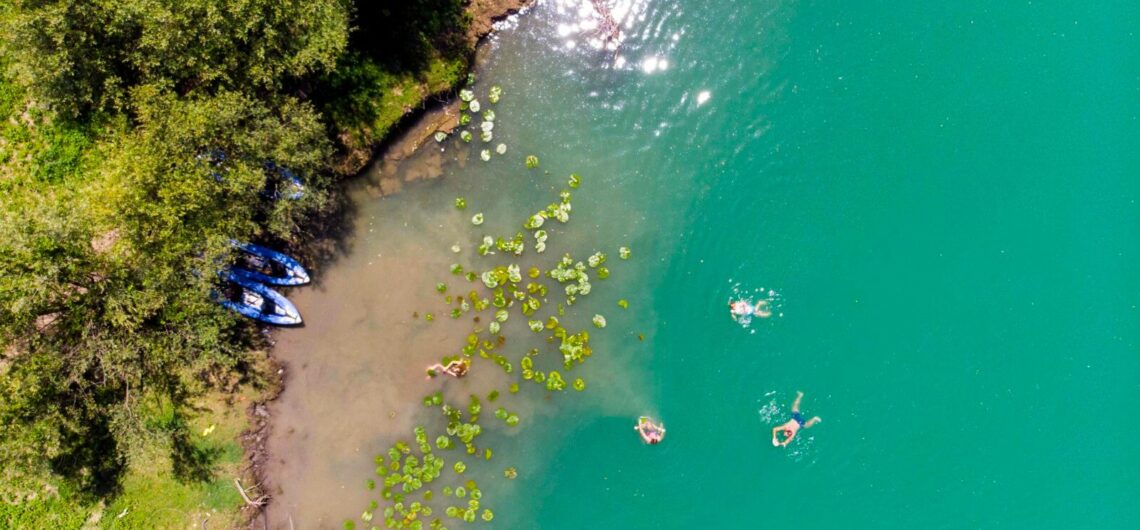
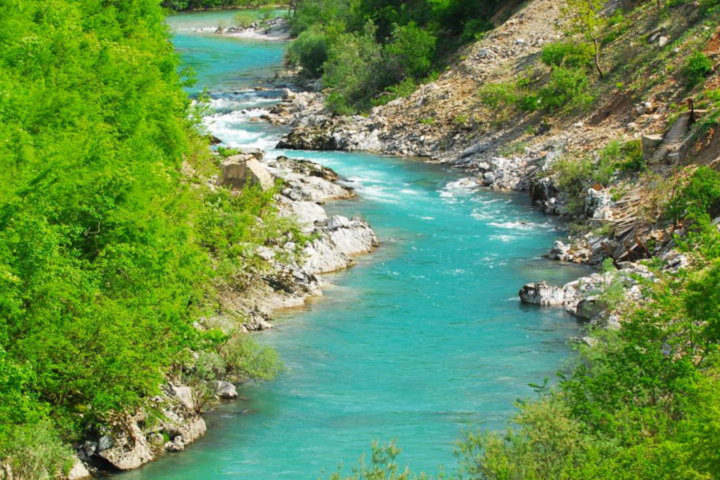
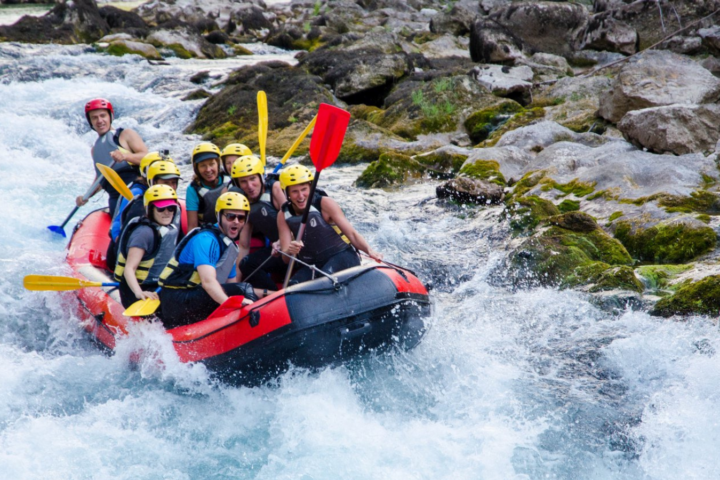
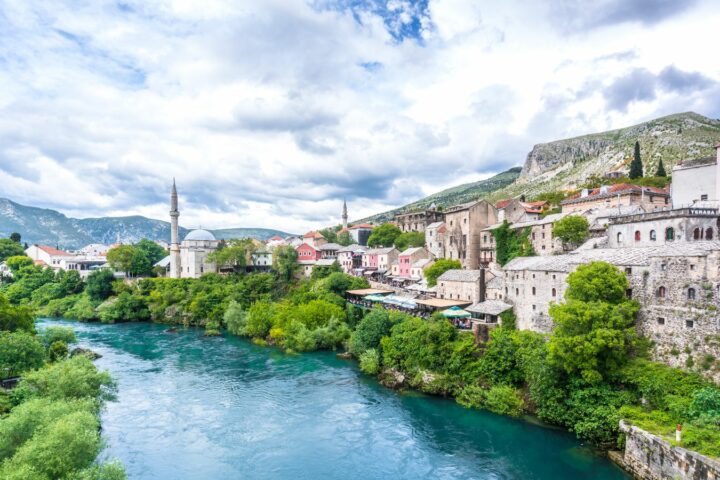
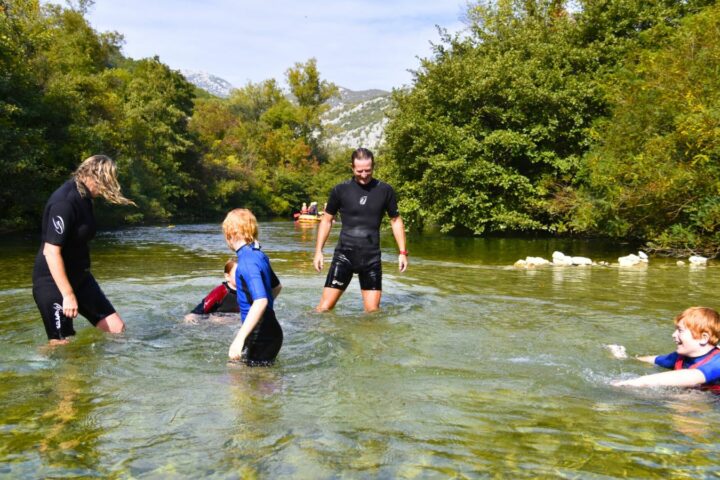
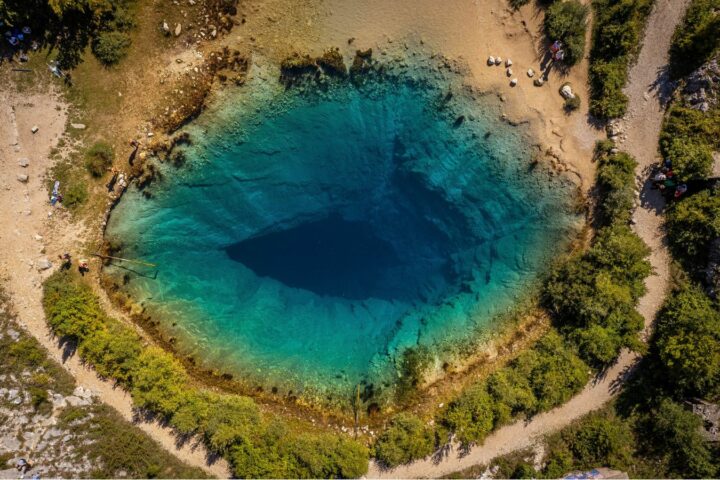
Comments